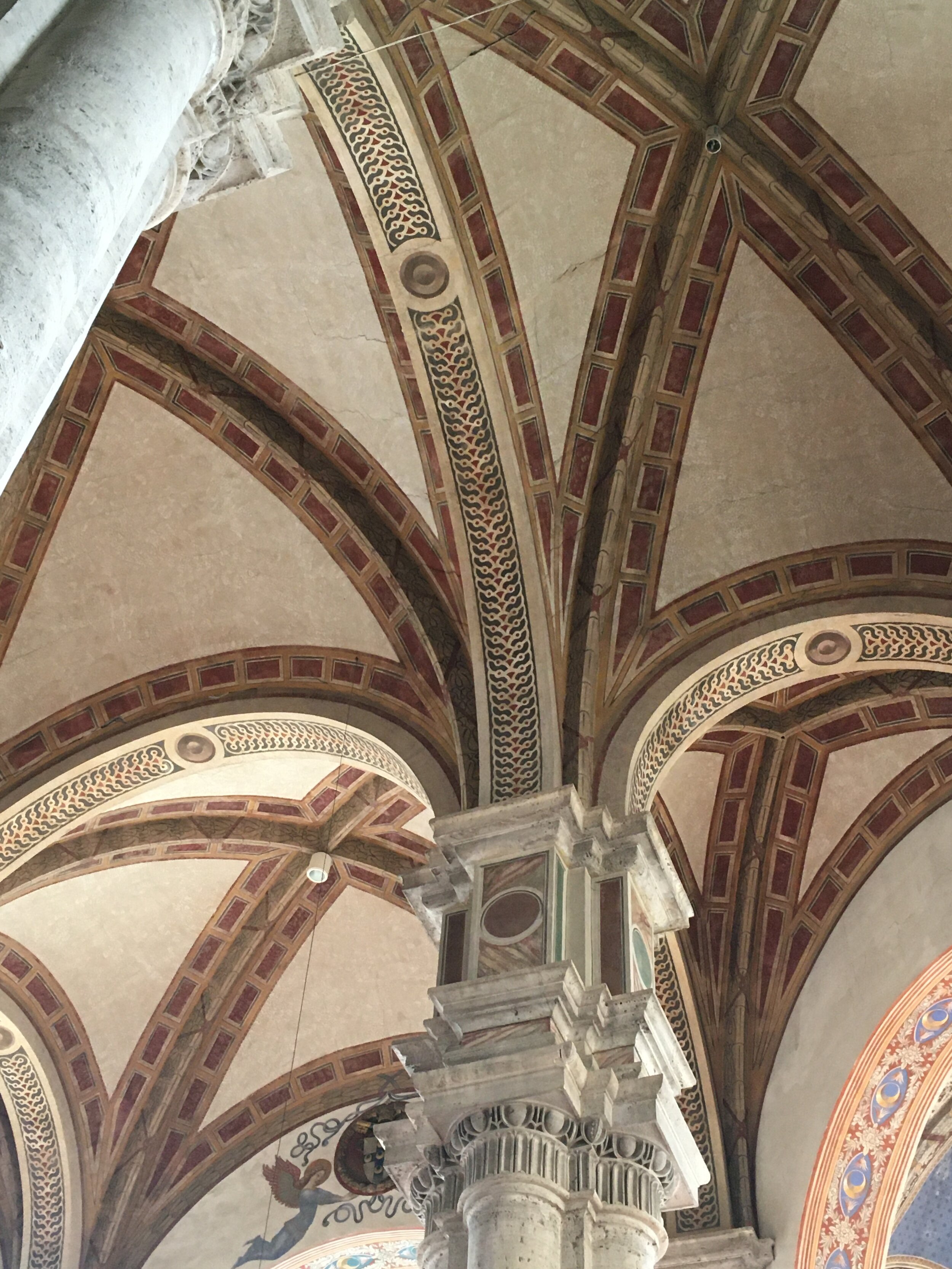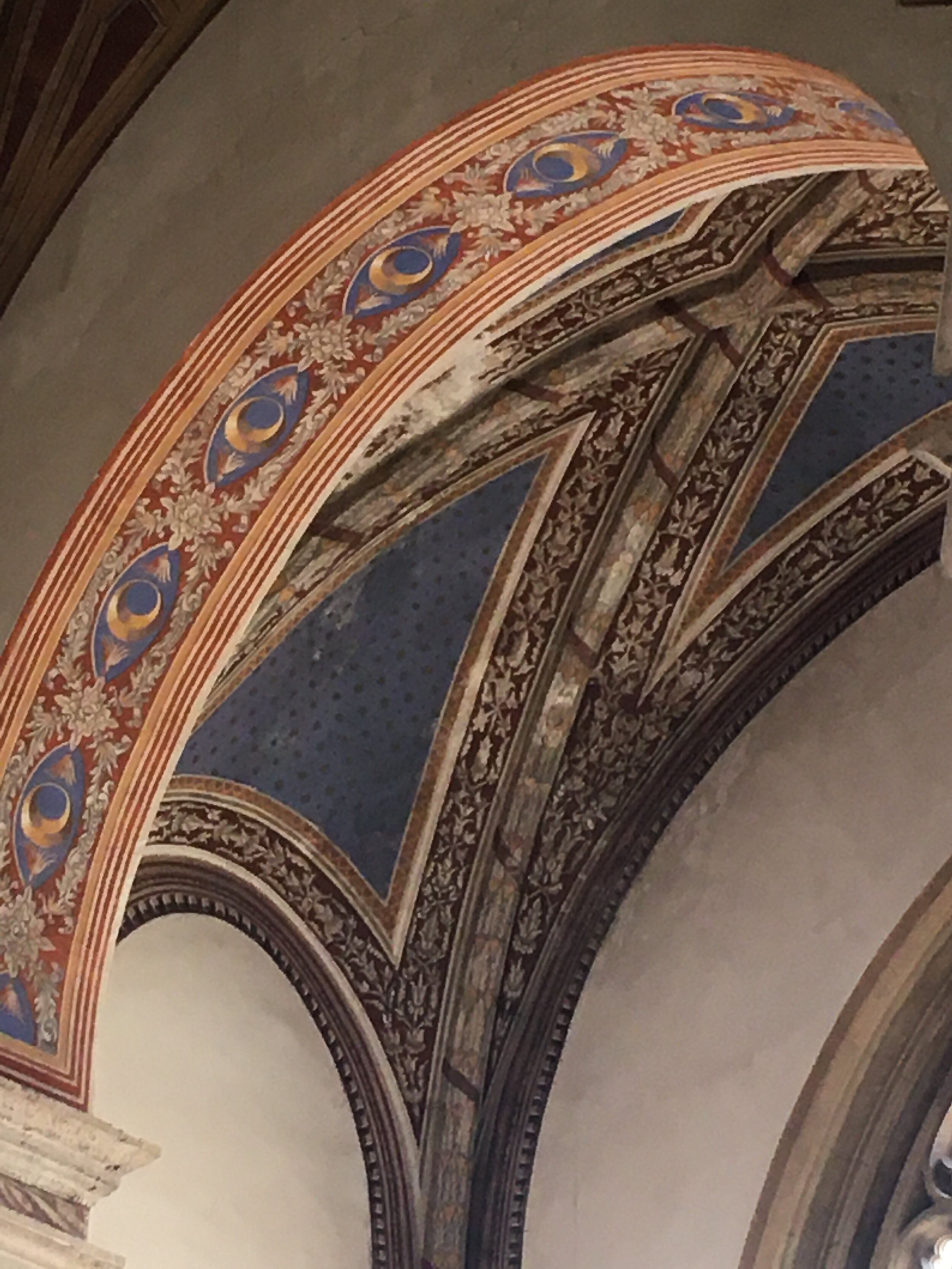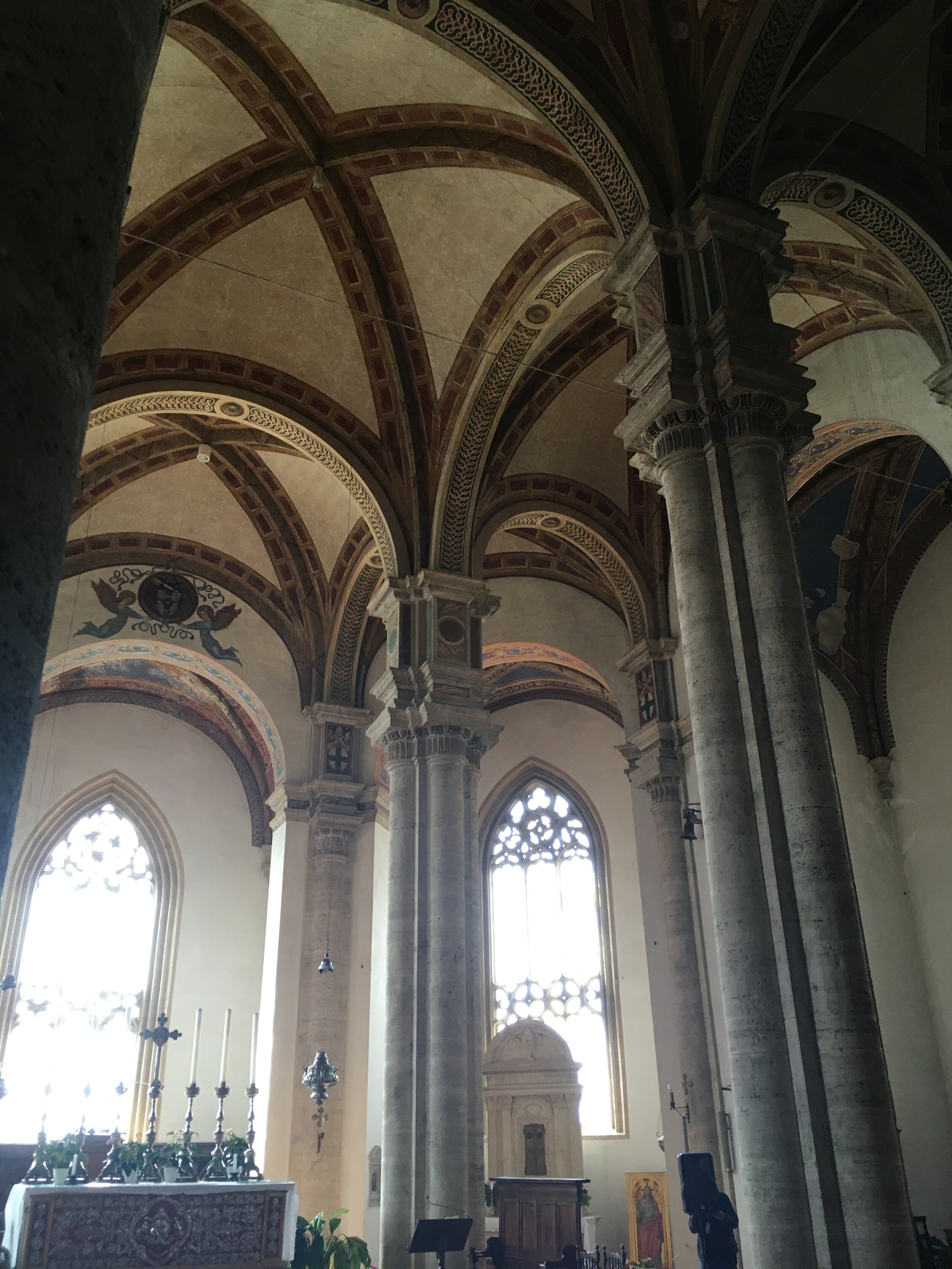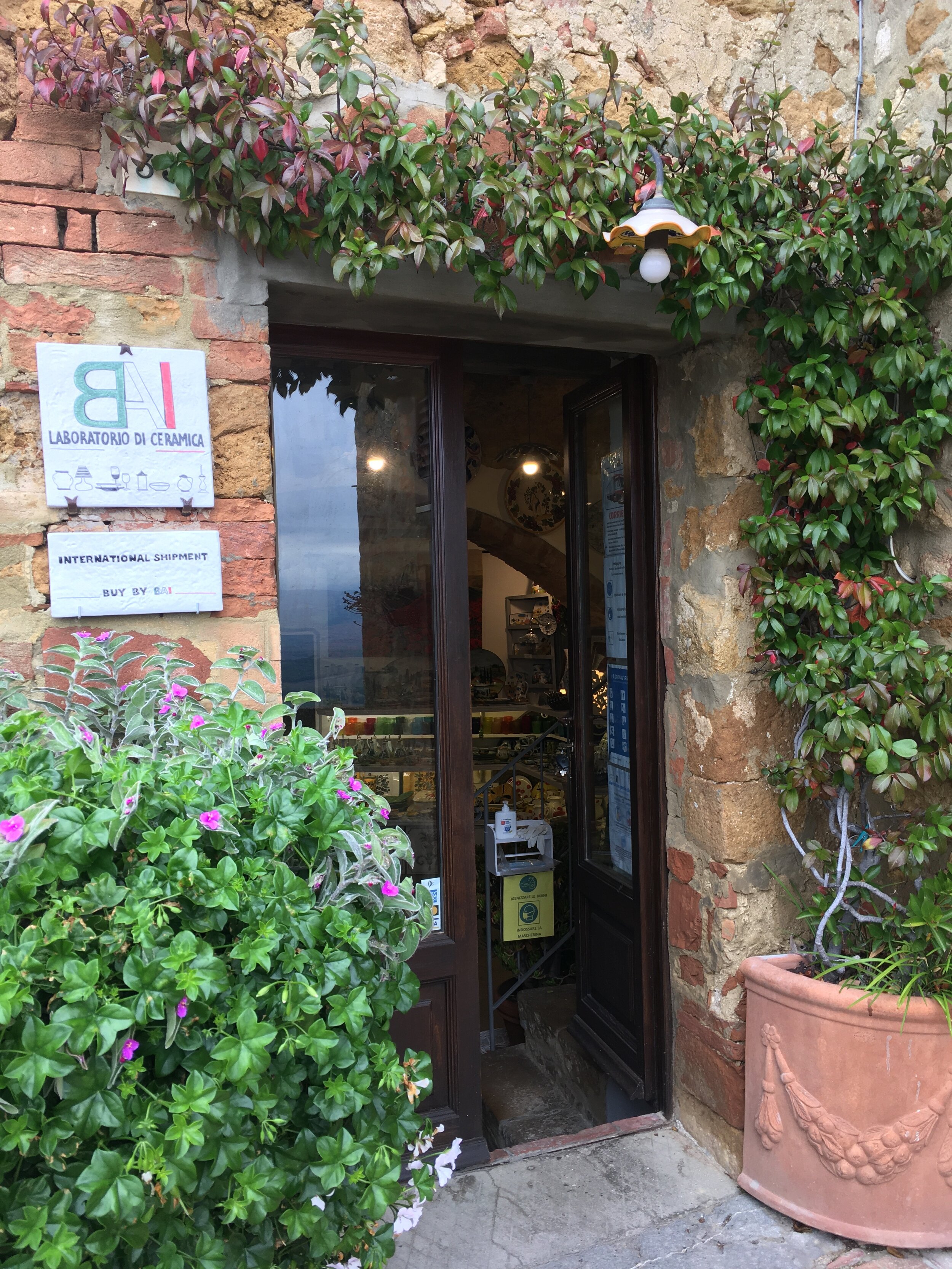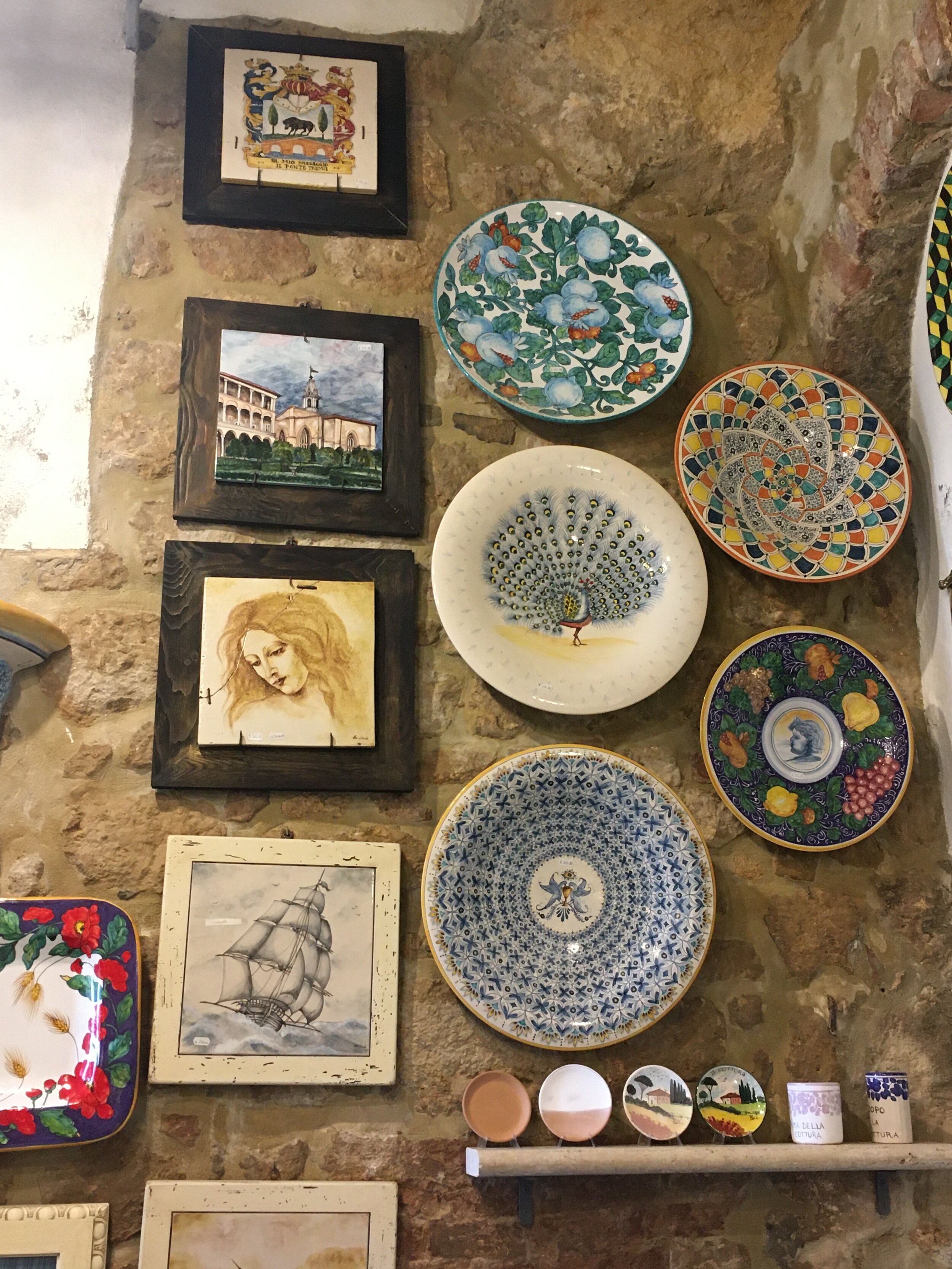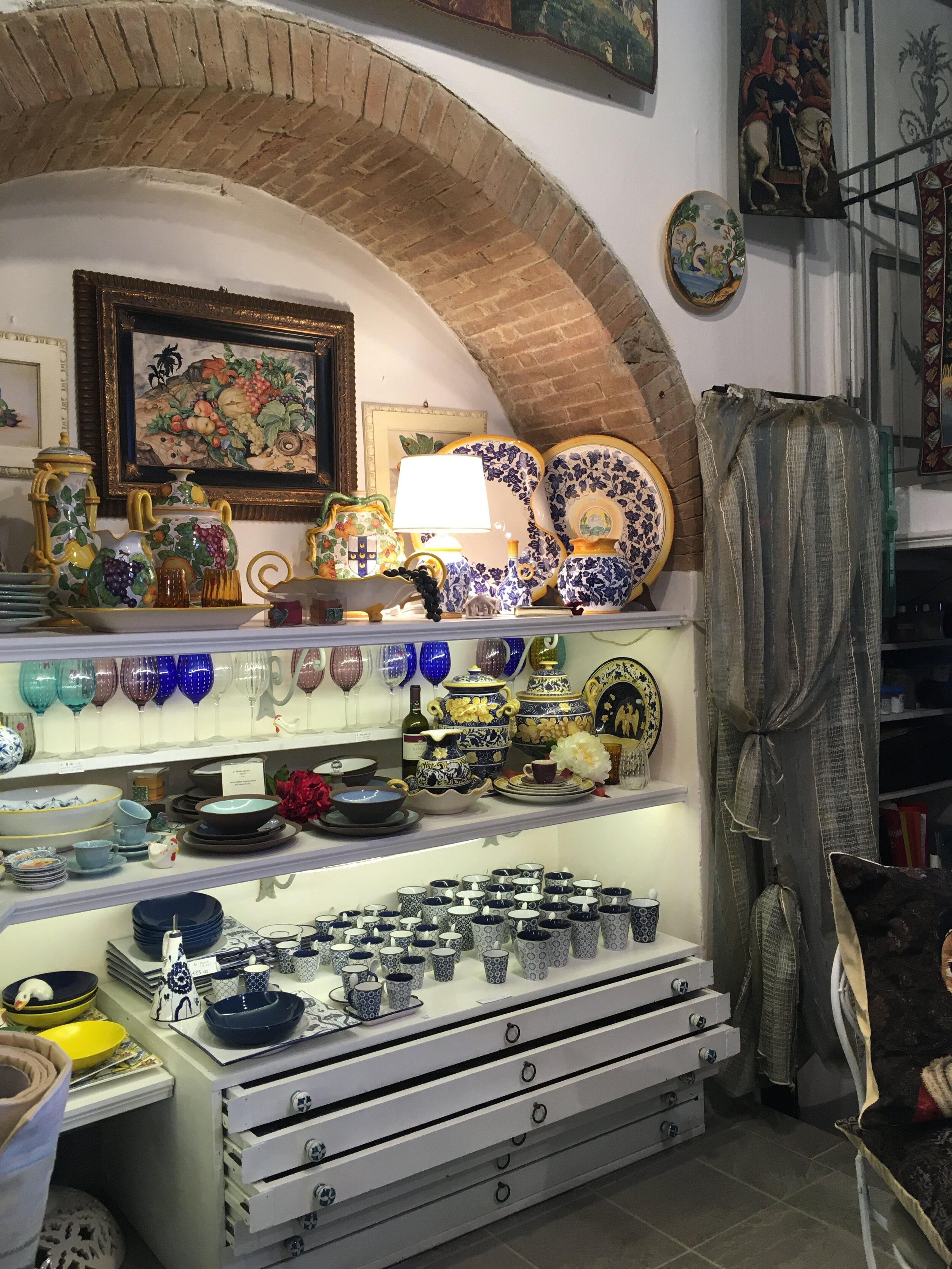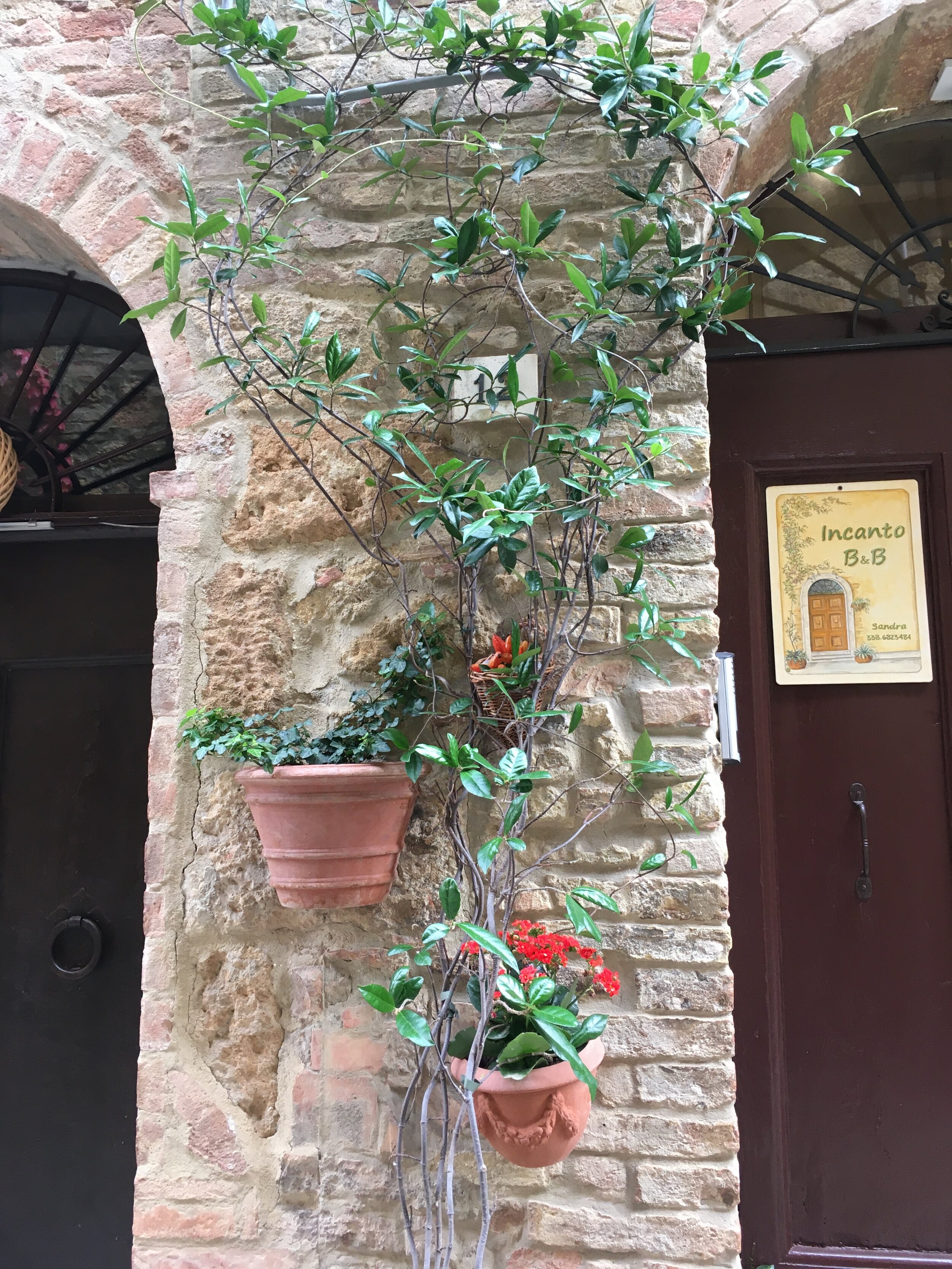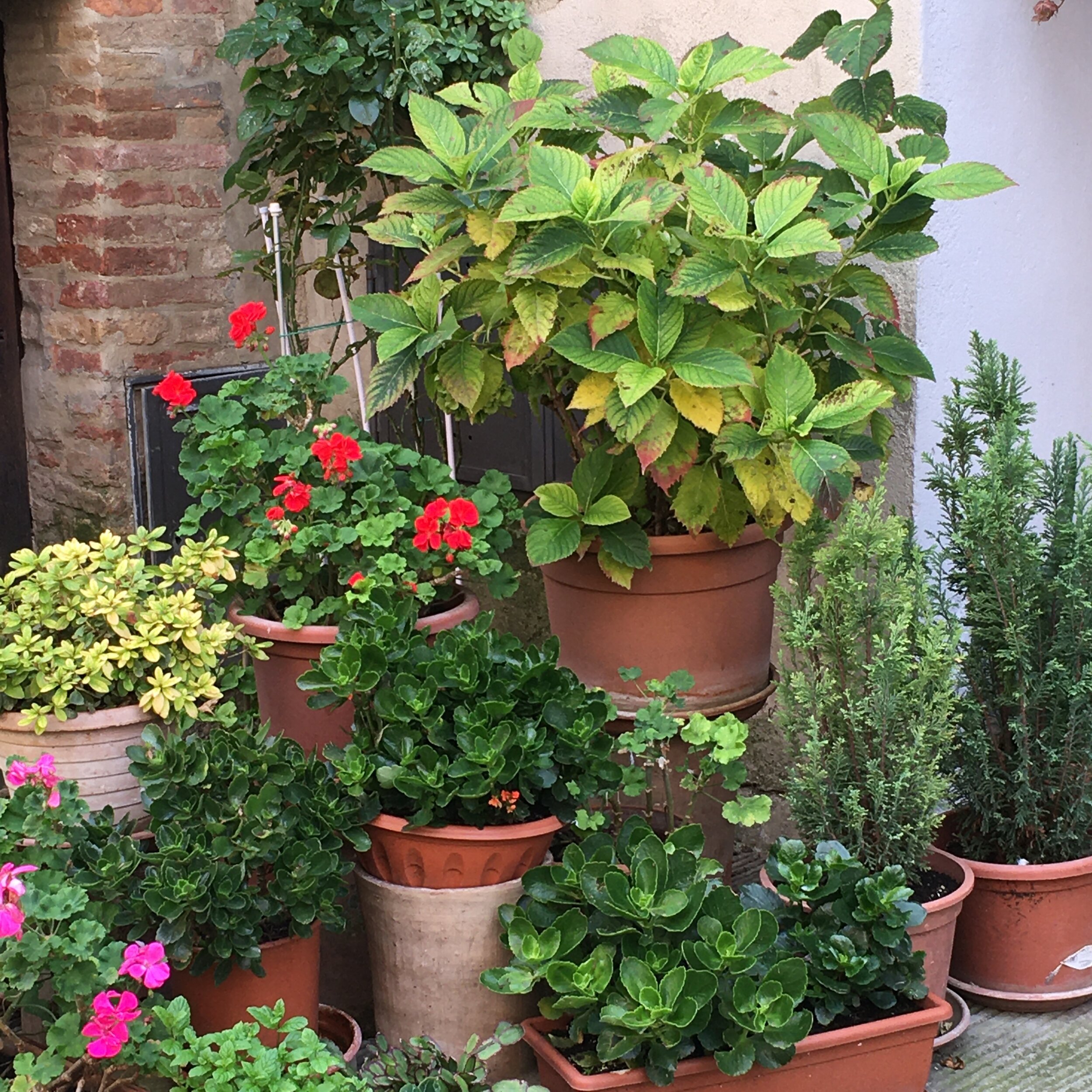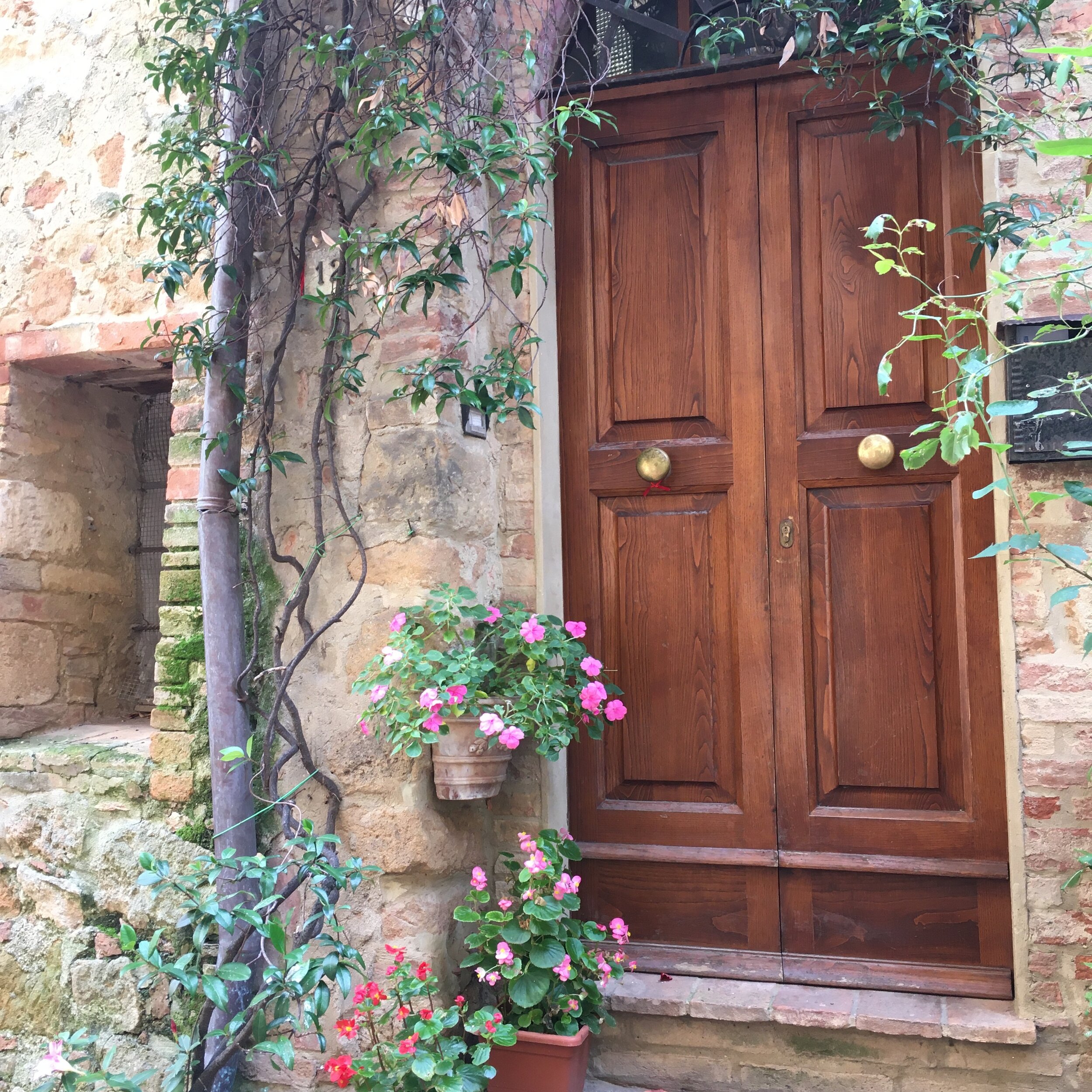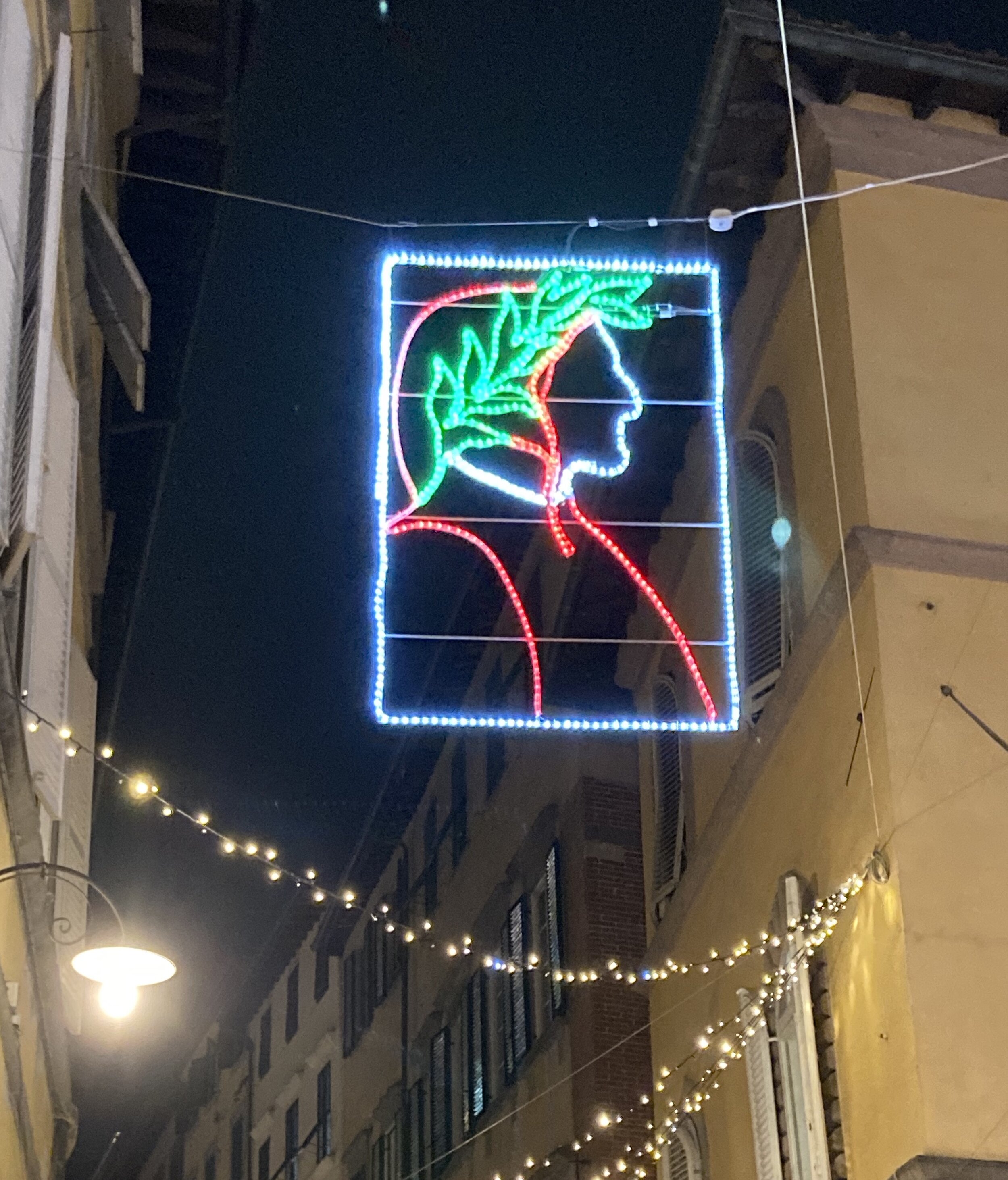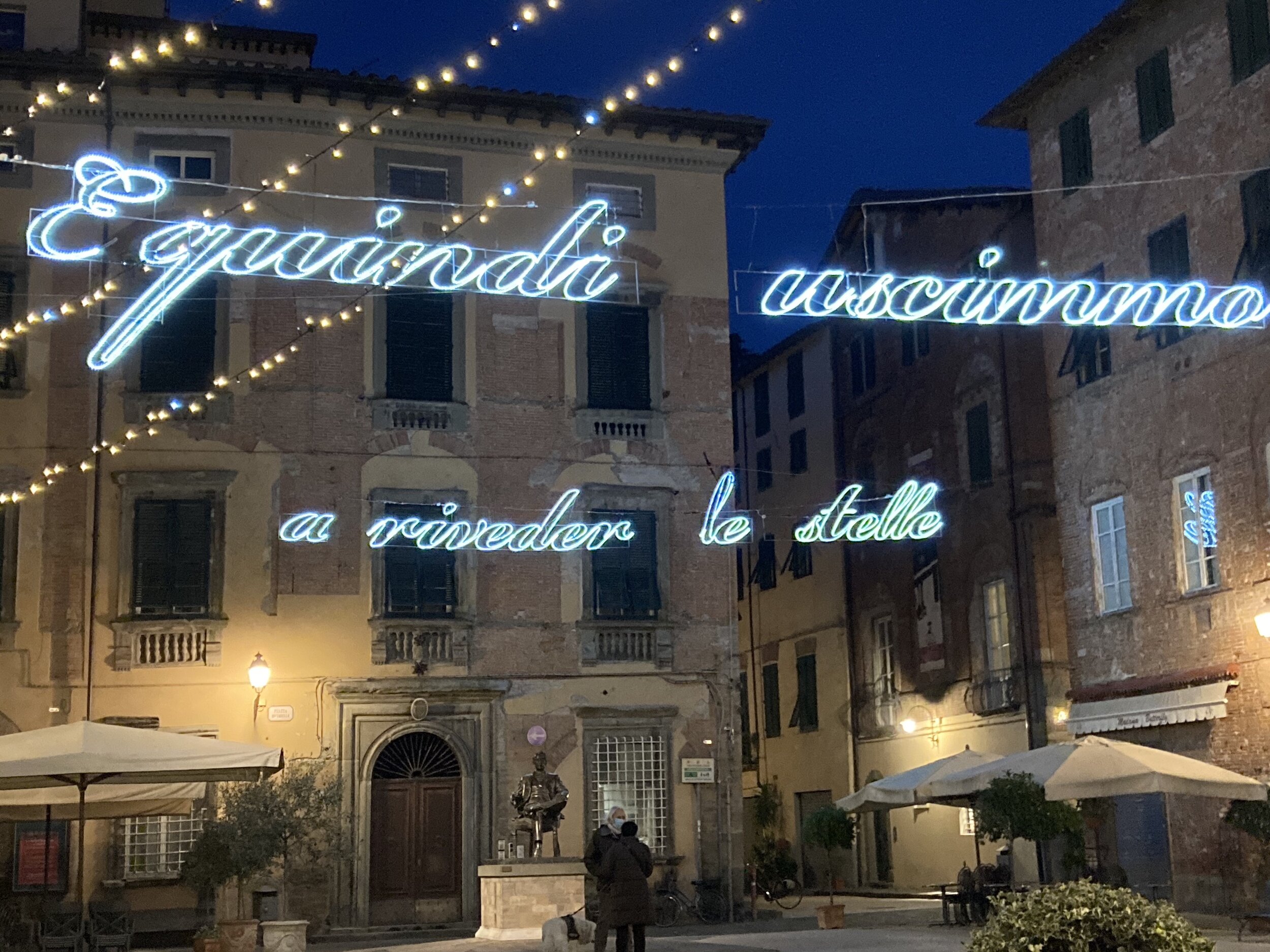Laundry Day in Italy
When I am in the United States I rarely give much thought to laundry. From hamper to washing machine and on to dryer it’s an easy, uncomplicated task. Not so when I am in Italy. First, I need to be sure that no other appliance is in use when I run the washing machine. The electric circuits simply can’t handle the washing machine running at the same time as the oven, dishwasher, or hair dryer. I learned this the hard way when I once tried to blow dry my hair while doing a load of laundry. Picture me taking out the power in mine plus several adjoining apartments. Lesson learned!
Laundry or art ?
Next, drying times can be much longer in humid Italy (especially compared to my former home in the dry climate of New Mexico). In the winter, hanging things near (or over) the radiators speeds things up. But when the weather is warm and damp, and heat not in use, a pair of jeans can take a long time to dry. It helps to have access to “solar powered” drying (ie, sunshine on a terrace or a window line).
In a country with few clothes dryers, laundry hanging from a window line is a common sight. It always makes me smile.
Next, there are space concerns. My apartment in Lucca is small with no outdoor space. And being on the ground floor means that I don’t have a window high above the street with a clothes line. Setting up a drying rack inside takes up a lot of space and is only big enough for some clothes or towels, and not many at any one time. Hanging sheets to dry is nearly impossible. I now take my bed linens to the lavanderia where they wash, dry, press, and fold them. They return to me wrapped in paper and soft as can be. A touch extravagant but worth it!
Laundry day in the Cinque Terre.
Clothes and linen drying outside is a common sight in Italy (although some historic districts ban this practice). To me, there is something delightful about seeing colorful laundry hung up to dry on a line. It is quintessentially Italian. I often make up theories about the residents of a building based on their laundry - the orange worker’s pants, the individually hung socks, the unabashedly public hanging of “tighty whiteys”, the pretty dresses, the colorful linens, the baby clothes. They all say something about the lives if the people doing the wash. Over the past year I’ve even seen rows of blue surgical masks hung out to dry. Somehow all of these scenes seem like art, or prayer flags, to me.
I’m spending a couple of months visiting my family in the United States right now. I miss those neatly pressed and folded sheets from the lavanderia and the sight of laundry hanging from balconies. I wonder what my neighbors would think if I hung my laundry from my window here in Albuquerque? No doubt the HOA would not be amused.
Color coordinated laundry






















